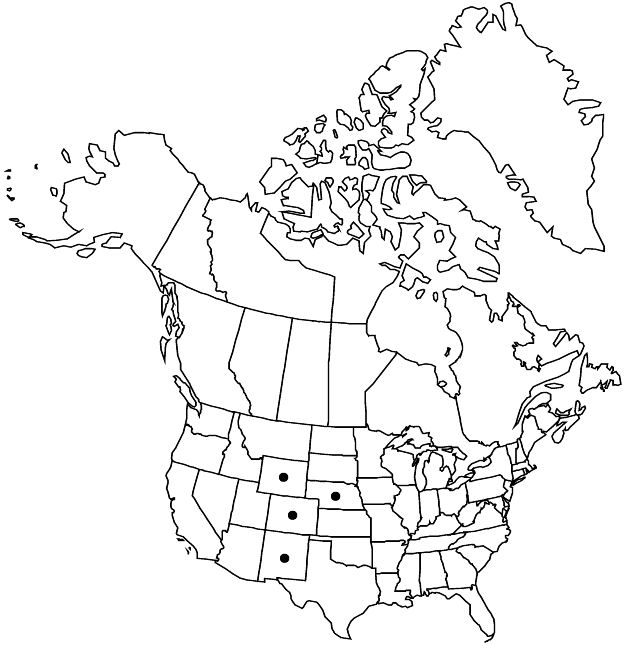Mentzelia multiflora
Mem. Amer. Acad. Arts, n. s. 4: 48. 1849.
Plants biennial, candelabra-form. Stems solitary, erect, straight; branches distal, distal longest, antrorse, upcurved; hairy. Leaves: blade 35.9–125(–146) × 2.2–26.2 mm, widest intersinus distance 2.1–11.9(–14) mm, always on some leaves 4+ mm; proximal oblanceolate, lanceolate, or elliptic, margins pinnate, lobes 14–30, slightly antrorse or perpendicular to leaf axis, 1.5–4.6(–8.9) mm; distal lanceolate, base not clasping, margins pinnate, lobes 10–26, slightly antrorse or perpendicular to leaf axis, 1.3–9.5 mm; abaxial surface with simple grappling-hook, complex grappling-hook, and generally needlelike trichomes, adaxial surface with simple grappling-hook or needlelike trichomes. Bracts: margins entire or toothed to pinnate. Flowers: petals light to golden yellow, (11.4–)13.8–24.4(–26.9) × 4–7.5 mm, apex rounded, glabrous abaxially; stamens light to golden yellow, 5 outermost petaloid, filaments narrowly spatulate, slightly clawed, (10.6–)12–21.7 × 2.1–5.1 mm, without anthers, second whorl with anthers; anthers straight after dehiscence, epidermis smooth; styles 7.7–15.8 mm. Capsules cylindric, 11.2–24.7 × 5.6–8.7 mm, base tapering to rounded, not longitudinally ridged. Seeds: coat anticlinal cell walls sinuous, papillae 34–48 per cell. 2n = 18.
Phenology: Flowering Jul–Sep.
Habitat: Dry roadsides, hillsides, washes, clayey, rocky, or sandy soils.
Elevation: 1200–2100 m.
Distribution

Colo., Nebr., N.Mex., Wyo.
Discussion
Mentzelia multiflora has been considered one of the most widespread species in sect. Bartonia, a result of treating the species as a "garbage bin" for populations that lack features characteristic of more specialized species. The phylogenetic study by J. J. Schenk and L. Hufford (2011) showed that populations consistent with the type of M. multiflora are centered in the southern Rocky Mountains, especially along their eastern front, and the species notably does not occur in Arizona, California, Nevada, or Utah, in which it regularly has been described in regional floras. In the intermountain region, many specimens previously determined as M. multiflora are M. longiloba. In southeastern New Mexico and Texas, many specimens previously determined as M. multiflora are likely to be M. procera or M. longiloba var. chihuahuaensis.
Selected References
None.